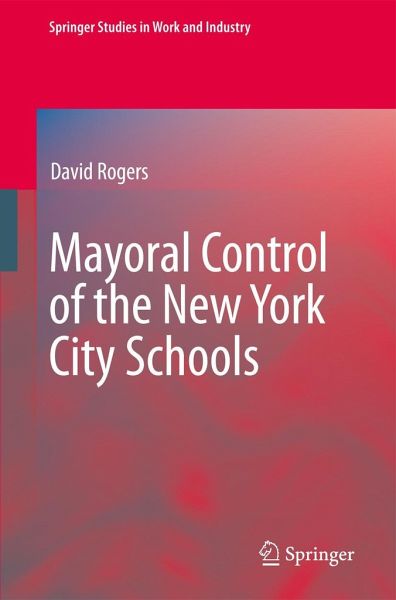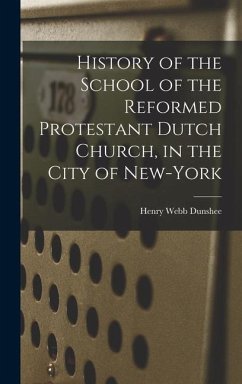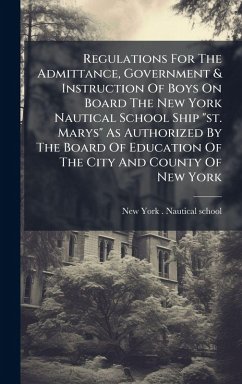
Mayoral Control of the New York City Schools
Versandkostenfrei!
Versandfertig in über 4 Wochen
102,99 €
inkl. MwSt.
Weitere Ausgaben:

PAYBACK Punkte
51 °P sammeln!
The New York City public school system has fundamentally changed its governance four times during the past forty years. It moved in 1970 from a highly centralized bureaucracy to a more community-based decentralized system, both of which were independent of the mayor. In 2002 under mayoral control, the system again centralized and then in 2007 decentralized. In each instance, New York has been an example (for good and bad) that many other large cities follow.
The author of this timely work presents an analysis of the political and organizational dynamics of Mayor Bloomberg's and Chancellor Klein's new mode of governance and of how their management style has shaped its design and implementation. The focus is the first phase of mayoral control (2003 until the fall of 2007). The book provides a unique opportunity to assess mayoral control of the largest public school system in the United States, and the results have ramifications for other large cities that have instituted mayoral control or are exploring the idea. The stimulus for the change to mayoral control comes from big city mayors, business leaders, state and city appointed and elected officials, concerned about how the schools have contributed to the U.S. economy's declining global competitiveness and social and economic problems of inner cities.
The author of this timely work presents an analysis of the political and organizational dynamics of Mayor Bloomberg's and Chancellor Klein's new mode of governance and of how their management style has shaped its design and implementation. The focus is the first phase of mayoral control (2003 until the fall of 2007). The book provides a unique opportunity to assess mayoral control of the largest public school system in the United States, and the results have ramifications for other large cities that have instituted mayoral control or are exploring the idea. The stimulus for the change to mayoral control comes from big city mayors, business leaders, state and city appointed and elected officials, concerned about how the schools have contributed to the U.S. economy's declining global competitiveness and social and economic problems of inner cities.
This is a book about the ambitious reform strategy known as mayoral control ini- ated to transform the dysfunctional system of urban education in the United States. I use the term dysfunctional to refer to the inability of urban school districts over the past 50 years to reduce the learning gap between poor students and their middle class peers, despite a host of reform efforts including desegregation, compensatory programs, and decentralization. Since the mid-1990s, the idea of mayoral control has generated considerable interest. Several large cities have introduced it such as Boston, Chicago, Cleveland, Detroit, Baltimore, and Washington (Henig and Rich 2004; Wong et al. 2007). Although the latter have completed a quantitative study of mayoral control's impact on student performance in over 100 cities, a case study of the New York experience nevertheless illuminates the capacity of this tool for transforming urban education. Because of the size of the NYC system - roughly 1.2 million students - and its economic, social, and ethnic diversity, it faces the myriad problems of urban edu- tion writ large that impede efforts to implement change in these schools.














